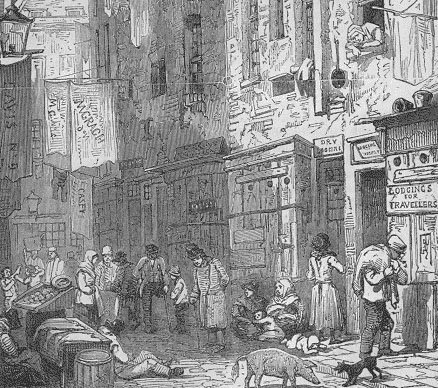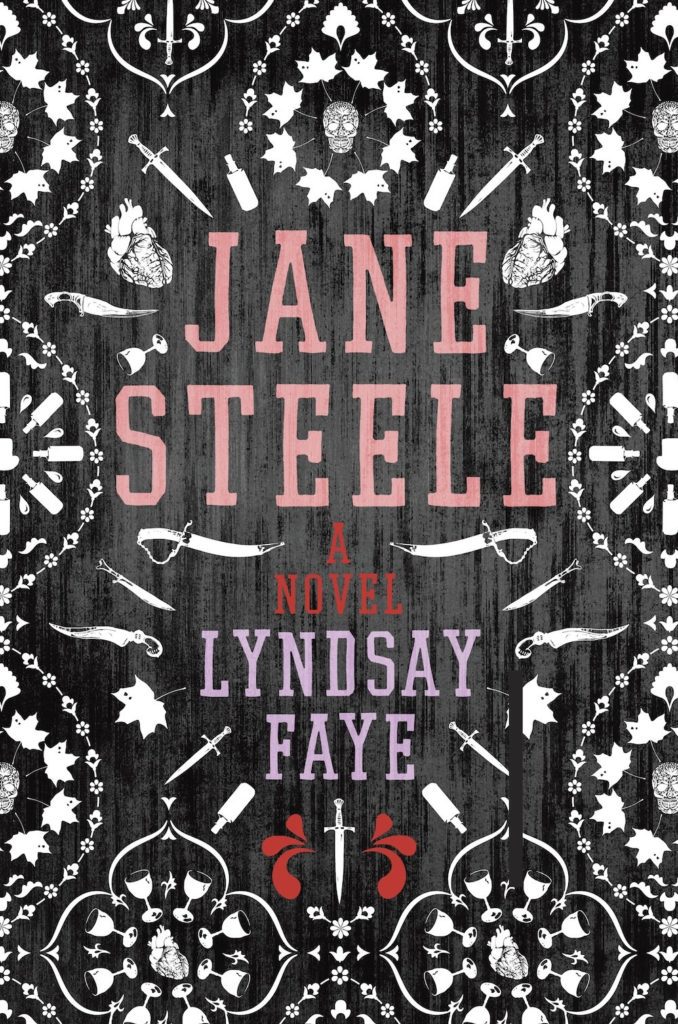In this highly imaginative adventure, the heroine is no meek governess left to wander the moors. Though she shares some unfortunate circumstances with Jane Eyre — ones she freely acknowledges to the reader — Jane Steele is a fierce, violent and stubborn. And she is a murderer. One assumes had she met a crazed, homicidal Bertha Mason she would have killed her at the feet of Mr. Rochester then and there and saved themselves all a few heartaches.
Neither should readers expect a campy romp like the amusing Pride and Prejudice and Zombies. This is not a slasher. It is a smart, calculating novel that uses the conventions of the mid-Victorian novel to its best advantage. There are solicitors, estates, missing jewels, mysterious parentage, letters, jealousy, diaries, the East India Company and several sharp blades.
Characters that look like something from a Dickens sketchbook pepper the pages. The introduction of the police office is priceless.
Constable Quillfeather was very tall and very thin — a friendly skeleton, in fact — clad in brown flannel with a red-and-yellow-checked shawl-collared vest and tall leather gaiters. his face boasted a jutting chin, an aggressively hooked nose, deep-set hazel eyes, a looming brow, and a great framing shock of forward-swept hear of a dark brown not unlike mine. Everything about Constable Quillfeather seemed to lurch forward on a parabola; I guessed him to be above middle age, but his lanky limbs were puppyish in their urgency, a propulsive quality matched only by his incessant questions. ~Pg. 35

So do the rank streets of lesser London. You can hear it, smell it.
A a lad hunched against a shoddy dressmaker’s dummy slumbered on, cradled by his faceless companion. The atmosphere was redolent — meat sat piled up to a shop door’s limit of some six feet, the butcher sharpening massive knives before his quarry. Yesterday’s cabbage was crushed underfoot, and tomorrow’s cackling geese were arriving in great crates, ready to kill. So early, the square we passed through ought to have been populated only by spectres. Instead, sounds reverberated from all directions — treble notes from a bamboo flute; the breathy scream of a sardine costermonger; the bass rumble of a carrot vendor, his cart piled with knobby red digits, shouting as his donkey staggered in the slick. ~Pg. 107
Readers should in no way fear a rehash of the Bronte classic. This novel stands well on its own and is infused with many original aspects. The most striking is probably the very central role of the colonization of India via the East India Company. There are even mentions of the Duleep Singhs, a real family of the Punjab that was forced to relinquish their ancestral property, including the massive Koh-i-noor diamond (bringing in shades of The Moonstone). There is an unwanted dress in a privy, just like the culprit in the true unsolved crime of Road Hill House, and Thomas De Quincey can just be seen through the opium induced haze.
Still, the dark beginnings of an horrid aunt, an abusive school and a limited outlook for the Bronte sisters and Jane Eyre are shared by Steele. It’s what she does with these moments that makes her a different character. And it’s bloody good fun reading about her do it.
Many thanks to Katie at Penguin Random House for the review copy.
_________
Hardcover: 432 pages
Publisher: G.P. Putnam’s Sons (March 22, 2016)
Language: English
ISBN-10: 0399169490
ISBN-13: 978-0399169496
Product Dimensions: 6.2 x 1.4 x 9.2 inches


